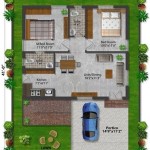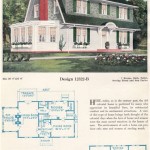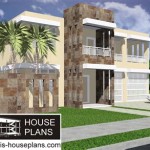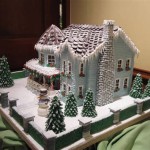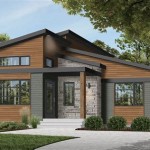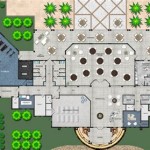Plans for Cubby House Designs: Essential Aspects
Planning a cubby house for your child is an exciting and rewarding experience. Whether you're building it from scratch or purchasing a ready-made structure, there are several essential aspects to consider to ensure your child gets the most enjoyment and safety from their new playhouse.
1. Size and Space
The size and space of the cubby house will depend on the age and number of children using it. It should provide enough room for them to move around comfortably while still being cozy and manageable. Consider the height of your child and any friends or siblings who may be playing inside to ensure they can stand and move without feeling cramped.
2. Location
Choose a location for the cubby house that is safe, accessible, and provides some privacy for your child. It should be in a level area with good drainage and away from any potential hazards like swimming pools or roads. Consider the amount of sunlight and shade the area receives throughout the day to ensure your child is comfortable during play.
3. Materials
The materials used for the cubby house should be durable, weather-resistant, and safe for children. Treated timber is a common option, as it can withstand the elements and is less likely to rot or warp. Other materials such as weatherboard, vinyl, or composite decking can also be used. Choose materials that are splinter-free and have no sharp edges to prevent injuries.
4. Features
Depending on the age and interests of your child, you can incorporate various features into the cubby house design. These could include windows, a door, a slide, a swing, or a climbing ladder. Consider the size of the cubby house and the available space when planning these features to ensure they are proportionate and safe.
5. Safety
Safety should be a top priority when designing and building a cubby house. Ensure the structure is sturdy and secure, with no loose or unstable parts. Use non-toxic materials and make sure the cubby house is well-ventilated to prevent mold or mildew growth. Consider adding a safety railing to any elevated platforms or stairs to prevent falls.
6. Aesthetics
While functionality is important, don't forget to consider the aesthetics of the cubby house. Choose colors and designs that complement your child's personality and the surrounding environment. You can also personalize the cubby house with decorations, artwork, or even a small garden.
7. Maintenance
Regular maintenance will help extend the life of your cubby house and ensure it remains safe and enjoyable for your child. Inspect the structure regularly for any damage or wear and tear, especially after periods of heavy use or inclement weather. Make any necessary repairs promptly and consider treating the timber with a weather sealant or paint to protect it from the elements.
How To Build The Perfect Cubby House Make A
Diy Cubby House Play Houses Tree Plans
Country Cottage Cubby House Kitwood Group Pty Ltd
Country Cottage Cubby House Kitwood Group Pty Ltd
Top 10 Cubby House Plans In Roof Shingles For N Homes
Queenslander Cubby House Outdoor Playhouse Kitwood Group Pty Ltd
Top 10 Cubby House Plans In Roof Shingles For N Homes
Queenslander Cubby House Outdoor Playhouse Kitwood Group Pty Ltd
Alpine Lodge Cubby House Kitwood Group Pty Ltd
Playhouse Plans Step By Construct101
Related Posts

